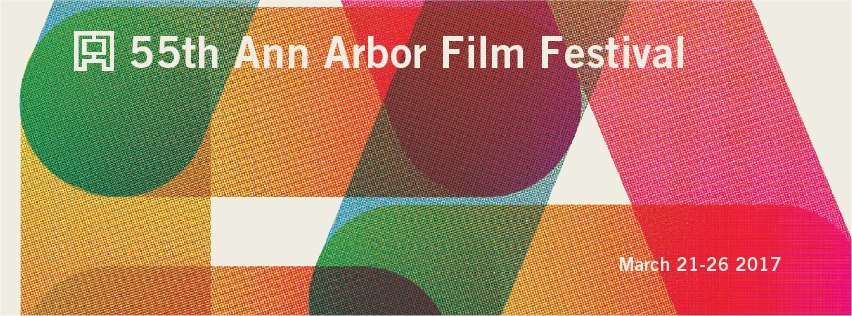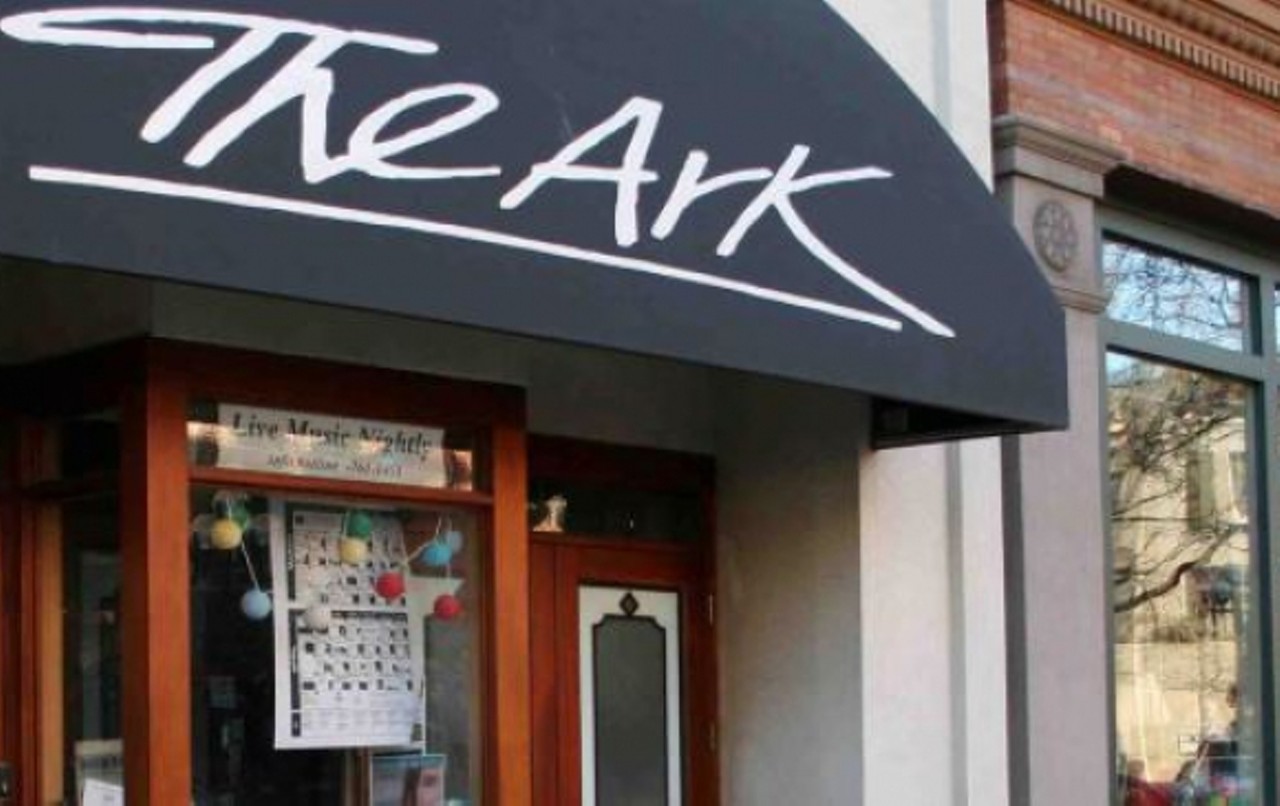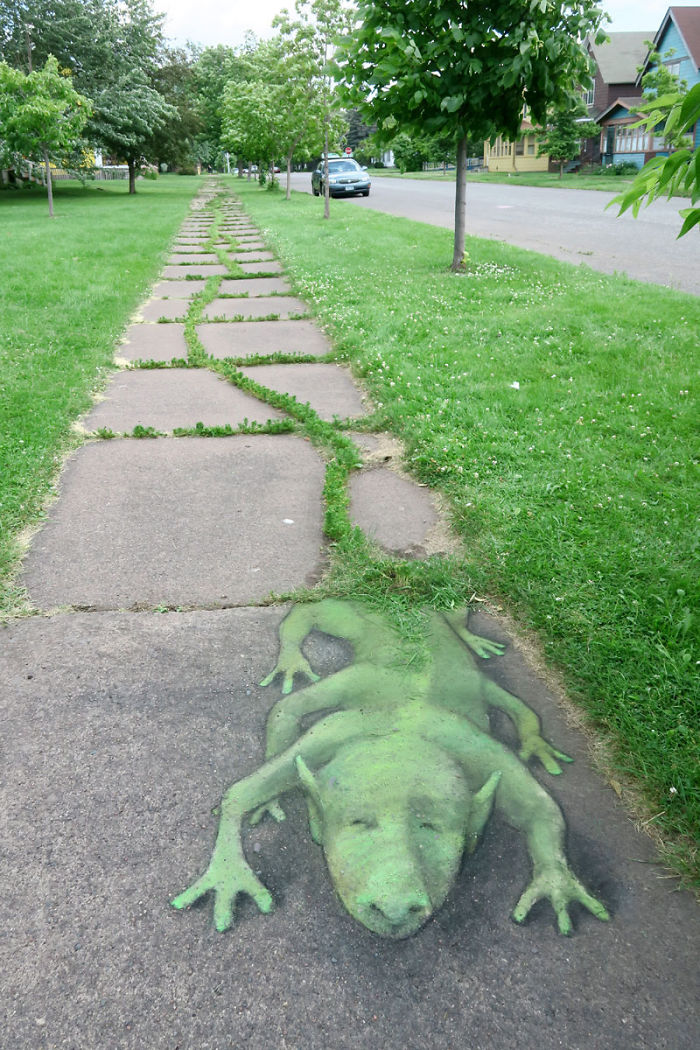When did photography become an art form? At some point, the technology for capturing images of people, places, and things developed enough that people could start adding artistic flair.
At the turn of the 20th century, a young Alfred Stieglitz had a radical idea that photography could be art, which clashed with ideas of older, more established members such as Charles Buadelaire, who considered photography nothing more than a “servant of the sciences and arts.”
Luckily for us, Mr. Stieglitz would have none of that. He formed the Camera Club of New York and started an avant-garde photography journal that changed how people saw photography.

These new artists, rather than simply pointing and shooting, used more artistic methods for their photographs. They took pictures with a soft focus to try and emulate the “look” of paintings. They used more expensive materials to get better contrast of lights and darks. They printed on Japanese paper, because nothing says classy quite like Japanese paper.
Seeing the pictures was enough to see the transition to photography as an art form, but going on a tour of the exhibit helped place the photos in a social context.
Our  stupendous tour guide compared two images of the Brooklyn bridge and pointed out how one was a standard picture of a bridge, while the other focused on the shapes and form of the structures of the bridge.
stupendous tour guide compared two images of the Brooklyn bridge and pointed out how one was a standard picture of a bridge, while the other focused on the shapes and form of the structures of the bridge.
At the end, we learned about Stieglitz’s most famous work, The Steerage. He considered The Steerage to be his most important work because, while I only saw an interesting photograph with a lot going on, we learned that there was a deeper meaning.
The Steerage was one of the first photographs to make a social statement. Before the photograph of the protester in Tienanmen Square, or anything from Vietnam, there was a photo showing two separate classes in one photograph: the immigrants both literally and figuratively below the rich on the same ship.
The exhibit made it easy to see why opinions changed from viewing the camera as merely a gadget, to viewing it as a tool of the artist.
All the hard work put in by the photographers to distinguish their work as art, however, made me stop and think. In the era of iPhones and Instagram, where anyone can take a decent photo, are we regressing to a time where the photography is becoming a lesser art form?









 stupendous tour guide compared two images of the Brooklyn bridge and pointed out how one was a standard picture of a bridge, while the other focused on the shapes and form of the structures of the bridge.
stupendous tour guide compared two images of the Brooklyn bridge and pointed out how one was a standard picture of a bridge, while the other focused on the shapes and form of the structures of the bridge.